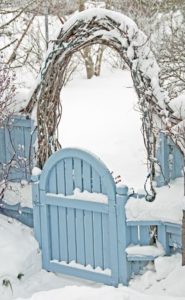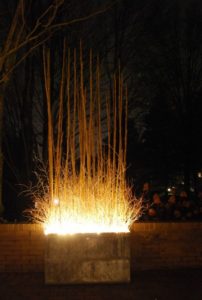Perennial Sunflower Helianthus
Probably one of the most-loved flower, sunflower is a long-time favorite for borders and for bouquets because of their huge blossoms. While not quite as large as its annual cousin, the perennial sunflower makes up for what it lacks in size with loads of blossoms in late summer and into fall.
Colorful Combinations
The perennial varieties of sunflower are not quite as colorful as their annual counterparts, but they still put on an impressive display of color. Perennial sunflowers can generally be found in varying shades of gold, with a few cultivars in a softer lemon yellow.
The biggest difference among many of the sunflower species is in the foliage. While sunflower leaves tend to be coarse in texture, there are some exceptions, such as Helianthus salicifolius which has fine foliage. These plants don’t branch, except at the flowering tips, creating an extremely soft and airy texture.
Perennial Sunflower Care Must-Knows
Many native perennial sunflowers in the United States are tough plants coming from the Great Plains, prairies, and open rocky woodlands. They are well-adapted to a variety of conditions. Ideally, perennial sunflowers prefer well-drained soil with average moisture. Many types, though, are adapted to drought, while others like the swamp sunflower prefer, you guessed it, swampy moist soil. Most perennial sunflowers do well in average-to-poor soil, while a few others like soil rich in nutrients. Be careful with some of the larger growing types; if they are planted in too-rich soil, they may flop over from an overabundance of growth.
To prevent legginess, plant sunflowers in full sun. This encourages the most blossoms possible on the most compact habit. Many species will tolerate part shade, but they are more likely to develop fungal diseases like leaf spot and powdery mildew.
If you are planning on growing some of the taller species, make sure you can stake them as they are prone to flopping. Or plant them near other tall plants, walls, or fences for surrounding support. After they have finished blooming, don’t remove the spent blossoms; the oil-rich seeds in the blossoms are loved by small birds, who happily perch on the old blooms and snack to their hearts’ delight. The spent flowers also add winter interest to the garden.




